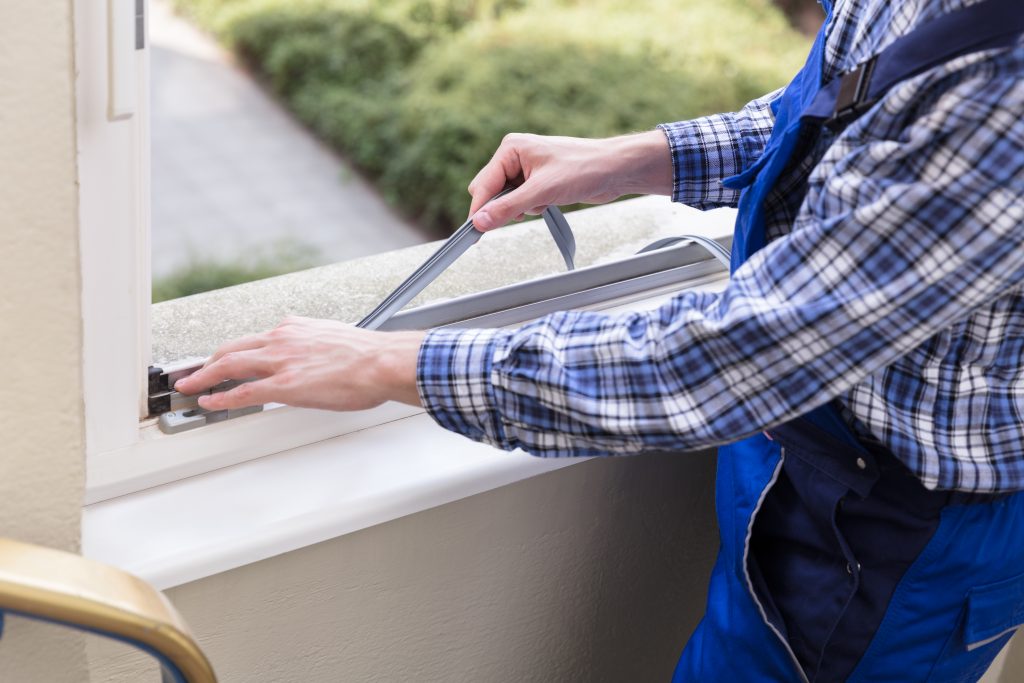>> Looking for a housekeeper? Find one in your area now.
When it’s cold outside and the wind is whistling, there is nothing better than turning up the heat at home and getting cosy. However, much of this coveted heat can escape through uninsulated windows, dampening your comfort levels and driving up your heating costs. Check out these four steps to insulate your windows and keep the heat in:
1. Locate drafts
First, you must find where you are losing the heat. There are a few ways to do this: Go along the window frame with a lighted candle or a lighter and watch where the flame flickers–that is the spot where your windows are leaking air. Alternatively, you can use a piece of paper. Simply close the window on the piece of paper and try to pull the paper out. If you can pull it effortlessly from the closed window, then the pressure is low at that spot.
2. Obtain suitable sealing material
It is not recommended to replace single parts of a window seal. For effective protection against cold and moisture, you should seal the entire window frame. For older wooden windows, it is best to use a self-adhesive sealing tape made of foam, a rubber seal or acrylic compound. For best results you must remove the old sealing material fully before putting the new seal on. Ideally, you should cut off a piece of the old seal and take it to the hardware shop so you can replace it with a similar one.
3. Attach the window seal
It is best to start with the new seal in the middle of the upper window frame. If you have chosen self-adhesive sealing tapes, you should stick these on the outer window frame or on the fixed frame in such a way that they close exactly with the window. Use the same process for rubber seals. Make sure that the seal does not overlap in the corners of the windows as this could cause new leaks.
If you want to seal a loose window with acrylic, use a caulking gun to press acrylic on the window frame and cover it with cling film. Moisten the cling film first with a little water and detergent so that it won’t stick. Now you can close the window and the acrylic will adapt to the exact shape of the window frames. The sealant will take about three hours to dry. Open the window again and peel off the cling film from the acrylic. The sealant will now have adapted exactly to the shape of the window.
4. Regular care
If used with good care, rubber seals are very durable. Especially in the winter months, treat the seals with a silicone spray to keep it supple. It is important to ensure that the seals remain dry and are not dampened by rain or condensation. Therefore, you must regularly wipe the seals with a dry, clean cloth to prevent mould from growing. Clean soiled seals with water and a soft sponge. Let it dry fully.
>> Looking for a housekeeper? Find one in your area now.


